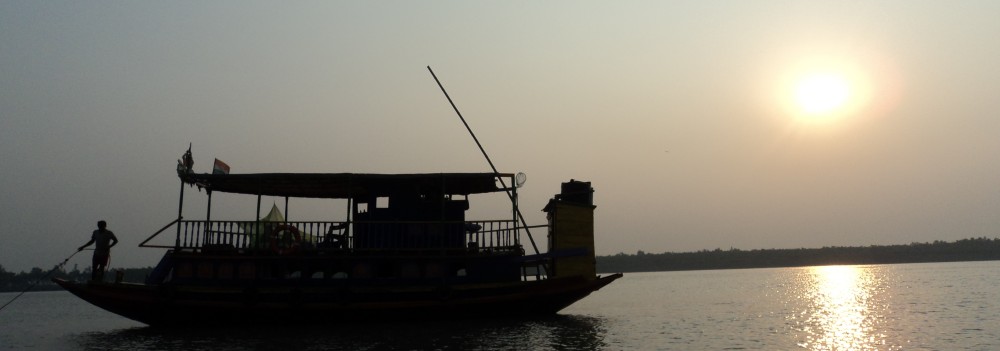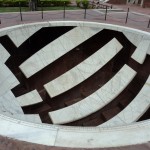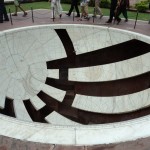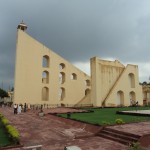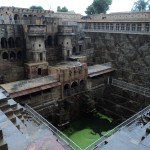Just finished my report on my experiences in Germany on the Research Internships in Science and Engineering (RISE) program. I thought it would be an appropriate retrospective on life in Germany for this blog. Enjoy!
“RISE Report
August 17, 2012
RISE was one of the formative experiences of my life. I expected a foreign country, a different culture, and a completed research project. I came away with fond memories, good friends, and a decent grasp on the difficulties and triumphs of research.
I’ll start with who I am. I’m Dominic, a 4th year Engineering Physics student at the University of British Columbia (UBC) Vancouver. I applied for RISE to accomplish two things: to get out of Vancouver, and to do some research. I’d lived in Vancouver for 16 years and it was time for a change. That came in the form of that fateful email informing me that I’d been accepted into RISE at the University of Duisburg-Essen in their Nanostrukturtechnik (NST) group.
A side note about the language courses first. There were 4 language courses offered to students this year (Berlin I and II, Munich I and II). I’d immediately replied to sign up for a spot. In the end, I learned some German, to the entertainment of my colleagues, but I gained many friends from around North America. I’d recommend the language course if only to meet other bright people wanting to explore Germany!
Right then, back to the research I did. My supervisor, Victor Kessler, was building a thermoelectric generator from sintered nanoparticle silicon. In that process, we were coating the silicon in nickel. This meant a nickel-silicon interface that we needed to characterize, and it was my job to (try to) measure the contact resistance. This meant using photolithography to create a nickel-silicon-nickel bridge on which to measure. The work wasn’t easy. Victor was teaching a course at the time, seeming to consume ever-increasing amounts of his time. The nickel would fail to adhere. The photoresist would fail to adhere. The photoresist wouldn’t come off. Too much photoresist would come off. Victor would laugh at every setback, inform me that was progress, and sometimes just inform me that was research.
The working conditions: I came in at 9-10AM every day, left at 5-6PM, sometimes later, sometimes earlier. Every morning Victor and I would have a quick chat about what I wanted to accomplish, and that would be the plan of the day. Everyone in the NST group had a job, a project they wanted to accomplish, but also a very open and helpful approach. It was the greatest group I could have asked for. At work, everyone in that office (Julia, Markus, Victor, Andre, Niklas, Ruben) could be asked for help at any time, and if they couldn’t, they’d know someone who could. Martin the chemist was indispensable in the day-to-day problems in the lab. They all helped me acclimate to Duisburg much faster than I ever could have hoped; soon, I was having beers at the Finkenkrug with them after work and going down to the Ruhr for cookouts and more beer. Life was good.
I made a promise to myself before landing in Berlin. I would travel every single weekend I was there. I kept that promise, buying an 11-day Eurail pass and messaging others after work every day to make travel plans. Looking back, each week was 5 days of meaningful work followed by the enjoyment of eating good food and drinking good alcohol, followed by 2 or 3 days of travel, of seeing friends and sights. It was a long list of sights: Amsterdam, Rotterdam, Utrecht, Bonn, Koeln, Bochum, Dortmund, Munich, Liege, Prague, Salzburg, Berlin, Hamburg, Frankfurt, Biel, Luzern, Basel, and, of course, Heidelberg. It was an even longer list of friends.
I’ll briefly touch on the Heidelberg conference. 200 scholars, if I remember correctly, gathered in the university town of Heidelberg to be all academic and talk about their research and explore research and career opportunities in Germany. Each day, 200 youthful scholars let loose on a town of stunning beauty and history. I also gave a presentation on my research here – I’d encourage you to do the same! It’s great to know 9AM in the morning isn’t too early to talk about your research when the night before did not have an early conclusion. It was a great conference academically and socially, and provided a memorable end to my stay in Germany.
If you’re reading this wondering if you should apply, do it. You won’t have the same experience, but you’ll have an experience. Who knows, it might even be better!”
